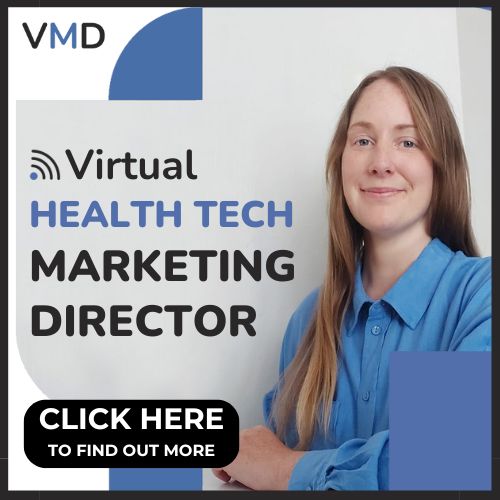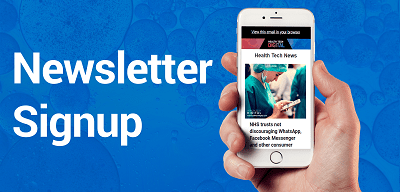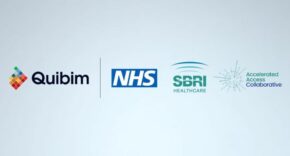
How Healthcare manufacturers’ supply chains have been disrupted by COVID 19, and why smart information management can offer a new source of renewed trust in the supplier-doctor-patient relationship.
Changing patient habits during Covid Recent research from PWC’s Health Research Institute of American consumer sentiment before and during the pandemic, reveals that people are accessing health information in new ways.
They found that new telehealth users include generally healthy people looking for a faster way to access a medical professional and, critically, people with more complex medical conditions who need to manage their health. It also found that American consumers are taking on a more active role in the health system. For example, many people are willing to participate in clinical trials or share their personal data to help discover new treatments or ways of delivering care for COVID-19 or other ailments. Has the manufacturer-doctor-patient relationship changed forever?
Pallavi Bradshaw, medicolegal lead, risk prevention at the Medical Protection Society, at a recent conference, challenged that the patient- doctor relationship may be changed forever due to the changing trust element due to COVID. She stated, “Empathic and clear communication is seen by patients as a proxy indicator of competence and skill. Furthermore, poor communication is often the differentiating factor between those doctors who are sued and those who are not, even if clinical incident rates are equitable.
“Telemedicine relies heavily on communication, which is impaired by loss of verbal and non-verbal cues and impatience. The need for full and open dialogue at this time is highlighted by the claims experienced during SARS and MERS. In some cases, physicians were unduly influenced by the pervading context and incorrectly attributed patient’s symptoms to those diseases. These risks are heightened if examination is limited but can be mitigated to some degree by altering our consultation style—listening actively, checking back information and warmth of tone. Cost, convenience, and risk means telemedicine will remain a fundamental tool, but potentially to the detriment of the connection we have with patients.”
Patients looking for new medications and cures American consumers told HRI that they were getting health information from three or four sources on average during the pandemic as their existing medication was either not available or in short supply. They were also searching for information on possible cures for COVID 19. The worry is that patients are turning to the dark web or unscrupulous marketplaces to seek those cures rather than going to their health practitioner. There has also been an unprecedented demand for any type of product that even has a semblance of being able to treat COVID-19.
Patients who previously used some of these remedies for other chronic illnesses have experienced challenges getting their medication regimen, and the product going to the acute care setting is not meeting overall demand. Patients are therefore seeking more and more product information from a variety of sources to look after their own health choices. Traditionally the doctor has been the intermediary between drug companies and patients, but HRI found that 50% of consumers would share their data directly with a drug company to get more useful, personal information to cater for their specific needs. And there lies the opportunity for drug manufacturers to engage with end patients in a new and informed way.
Challenges to supply chain transparency The COVID 19 pandemic has also exposed, particularly in the Healthcare industry, the fragility and deficiencies of the supply chain both from a National and International perspective. International manufacturers have had to put their production on hold or to look for different suppliers to maintain demand and inventory.
The vulnerability of US API supply to foreign manufacturing fluctuations is reflected in FDA data showing a total of 1079 facilities worldwide that make the 370 drugs on the World Health Organization‘s Essential Medicines List that are marketed in the United States. Just 21% of those facilities are based in the United States. This means that companies will need to look for new manufacturing bases and having to resort to sourcing new formulas for drug production to cater for demand.
However, lack of accurate product information is providing a bottleneck in the production cycle as companies are fighting to get new drugs onto the market. Transparency of the supply chain and the provision of detailed product information for a newly engaged patient end-user will be key to the opportunities that will help drug companies over the crisis. Benefits of Product Information Solutions and EDetailing Trust in the value chain between supplier, doctor and patient has been severely rocked.
A reset is needed in the process to deliver right, accurate product data where and when needed according to a patient’s own medical data. The situation also offers a big opportunity for drug manufacturers to rebuild the trust by supplying accurate product data to allow healthcare practitioners the ability to make decisions on prescriptions and patient care. One answer is EDetailing which improves relationships with doctors, healthcare providers and veterinarians and is defined as utilizing technology detailing the process for healthcare pharmaceutical and medical organizations.
These companies use it to communicate their product information and service messages to other healthcare professionals. Companies such as Innovit and Sales Layer are at the forefront of offering Product Information Management (PIM) solutions which can provide a central provision of detailed, accurate, product data from drug brands and manufacturers, which can then be accessed across all available channels, ecommerce sales and marketplaces.
Some use the PIM as a supplier portal to provide essential transparency throughout the supply chain to healthcare professionals and patients. By holding the data in one digital platform place reduces the risk of human errors in reporting or product updates. For healthcare practitioners it provides essential thorough background information for diagnosing during emergencies.
A PIM also allows for automation process to include compliance with international and country specific regulations such as FDA through Unique Device Identification or GS1 standardisation. The implementation of UDI can enhance patient safety and improve efficiency in the healthcare supply chain. The system is expected to unambiguously identify medical devices throughout the global supply chain by providing precise information for healthcare professionals, thereby providing a secure global supply chain allowing for more accurate reports of adverse events, more effective management of medical device recalls and reduction of medical errors.
Check on accurate, relevant information Key will be the ability for Medical facilities to keep a check on inventory with real-time data and be able to order supplies before life-saving equipment runs out. Medical personnel will know exactly how much of an item or product is needed and where. Individuals can see what supplies are available in other locations. If a medication can’t be obtained at one location, a facility nearby may help. Drug manufacturers may therefore have a duty to perform to re-establish trust in the doctor-patient relationship by providing transparency in the accuracy of information that is available for their products either on their website or in their marketplaces. Using an omni-channel PIM, that connects all parts of the supply chain, could be the answer.











